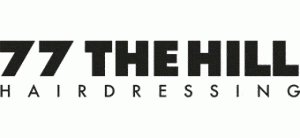Fringe benefits!
How many of us have or have had our hair cut with a fringe?
From our mums cutting our fringes when we were children to grown-up visits to the salon, I’m sure we’ve all had one.
A fringe can totally transform a hairstyle!
But which fringe should you choose?
There are many to choose from…
Firstly, we get asked to cut bangs, otherwise known as a fringe.
The word bangs originated in America and the word fringe is preferred in the UK and Australia. They both mean the same, it’s simply a regional preference.
Fringe means to cut hair so it falls over the forehead.
Fringes can give someone a more youthful look by softening features, framing the face and drawing attention to the eyes. A lot will depend on how it is cut in the first place.
A short, sharp fringe however, can be ageing as blunt heavy fringes cast shadows on the face and accentuate lines and wrinkles.
The length of the fringe is crucial. Too long and it will be ageing, and too short is always less flattering.
Popular types of fringe
Side-swept fringe
This style is particularly flattering for most people as it softens ones features and opens up the face.
Angular fringe
This look can modernise an existing hair style and highlight your best features but the perfect length is key to this!
Soft wispy fringe
This style is so versatile and can be adapted to a current hair style. Very flattering too!
Other considerations
Fringes are always on trend and although they suit any age, it’s a particularly good look for anyone over 50. They will soften harsh ageing lines and add balance to compliment facial features.
If you have never had a fringe and you’re thinking about it, it’s really important to speak to a stylist about what might suit you. Finding a photo or an image of a style you like might be the first step.
Your face shape will help determine which type of fringe can work for you!












